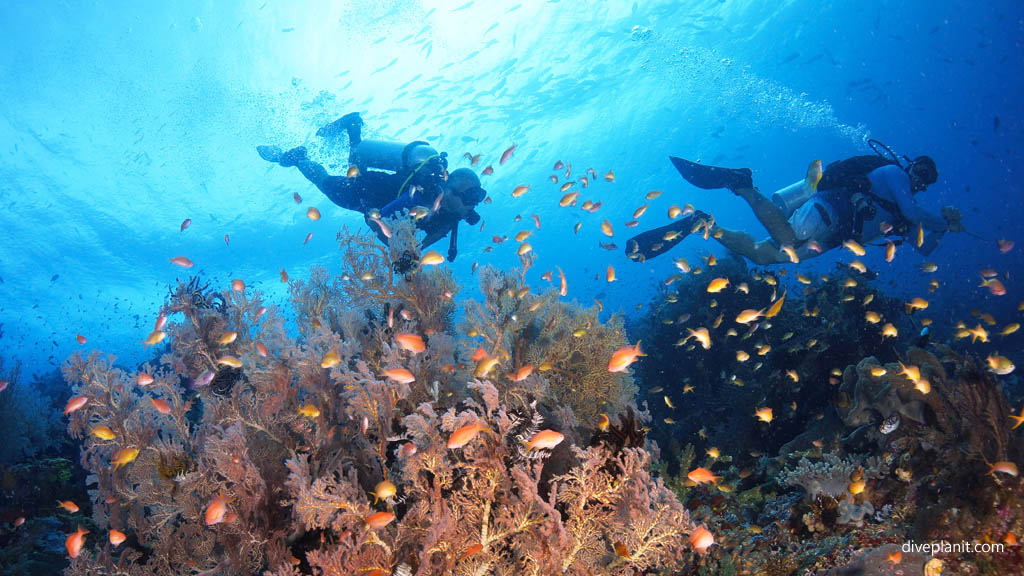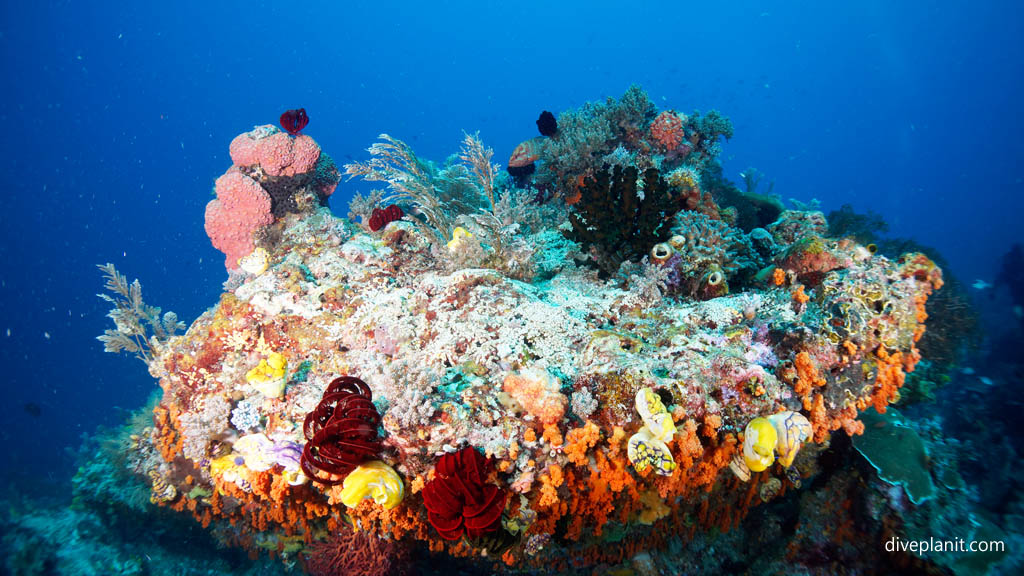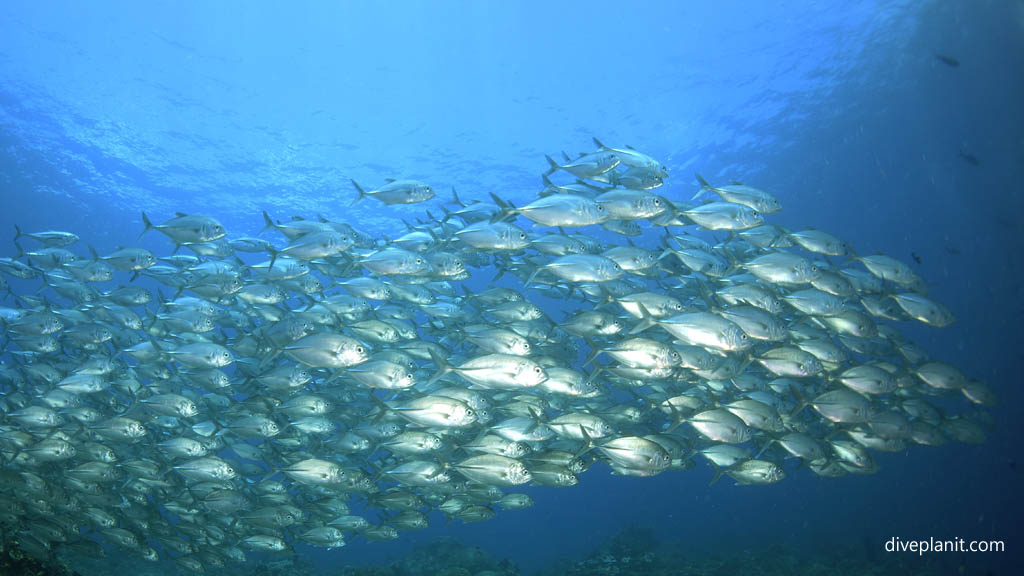Heard the name Raja Ampat, but not quite sure what makes it so special? In three words: location, location, location. In one: Biodiversity. But why, and how, and why again? Diveplanit explains.
Where exactly?
Raja Ampat means Four Kings and is named for the four islands Waigeo, Batanta, Salawati and Misool in Indonesia’s West Papua Province, though in fact the archipelago comprises over 1,500 small islands, cays, and shoals. It’s on the tip of what’s referred to as the Bird Head Peninsula, and as the map below shows, is pretty much the geo-centre of the Coral Triangle. From a diving perspective, there are hundreds of dive sites, with concentrations in the north around the Dampier Strait, and south – around Misool.
Raja Ampat is in the area sandwiched between the Pacific and Indian Oceans and subject to the Indonesian Throughflow – the steady current that arises as the Pacific Ocean slowly pushes 15 million cubic metres of water per second towards the Indian Ocean through the straits between the 17,000 or so islands of Indonesia.
Interesting. But in terms of Biodiversity how does that current make the Coral Triangle such a hotspot for superlatives, like: ‘Amazon of the Seas’, and 3,000 fish species which is 37% of all known species on the planet, and 76% of all known coral, etc etc??
Marine Biology
Here’s an oversimplified marine biology lesson: stuff dies.
And just think for a moment how much stuff is still left in the oceans despite our overfishing. When it dies, it sinks to the bottom, unless it’s eaten on the way by something else – which will also die (fish aren’t particularly known for their longevity), – where it decomposes.
The currents which move more quickly when squeezing through narrower gaps between islands, stirs up this nutrient rich decomposing stuff and brings it towards the surface where the tiny critters, including corals, grab it from the passing stream as food. And that’s the start of the ‘bigger fish eat littler fish’ marine food chain thingy. So essentially, there’s lots of food for everyone.
Biodiversity
But the word biodiversity means ‘lots of species’ not just ‘lots of fish’; so we still haven’t quite answered the question, and that’s because there are two opposing theories.
- Centre of Origin: much like Mesopotamia is considered the cradle of mankind, so some consider this area to be the origin of all marine species generally.
- Centre of Accumulation: others believe that the conditions are so conducive for marine life, that once a species finds its way here – it sticks around.
I can see the merits of both theories – if I was a fish born in Raja Ampat, I’d never leave; and if was born elsewhere and happened to visit, I’d never leave. So maybe both theories are correct.
Either way, for a diver, Raja Ampat is simply one of those places that never disappoints. Get it on your bucket list, and if it’s already there, maybe push it to the top.







